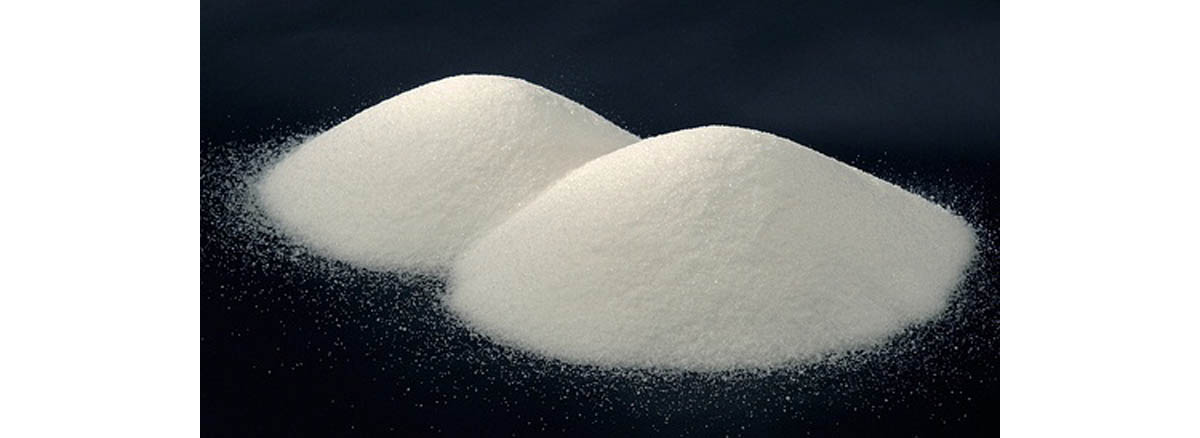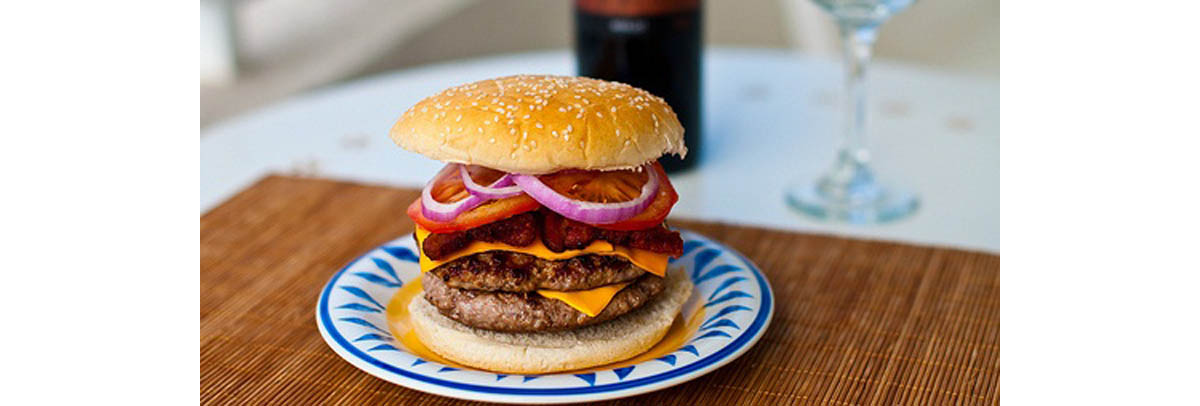Have you been told you need to do something about your blood pressure? If you have, chances are that you have been told about the relationship between sodium and high blood pressure. The American Heart Association (AHA) wants you to know that there are six sources of hidden sodium that can make your blood pressure regulation more difficult.

1. Canned soup.
Canned foods are packed with added salt to mask the "tinny" taste that is imparted by the can itself. Sometimes even a "healthy" canned soup can be loaded with a full day's allowance of sodium.
Some of the saltiest canned soups are those that are otherwise considered especially nutritious. An 11-ounce can of one brand of black bean soup, for instance, contains 3,027 mg of sodium, more than 150% of the recommended allowance for an entire day. (The manufacturer of this soup calculates a "serving" of this soup is 2/3 of a can, so that the recommended serving does not exceed a day's quota for sodium.) Any kind of Thai or Vietnamese soup made with fish sauce is also very high in sodium, since 1/3 of a cup of fish sauce, enough for 2 or 3 servings, contains 7800 mg of sodium, at 2600 to 3900 mg each.
Soup mixes are up to 10% salt. Even when diluted with water, they still pack 1,000 to 2,000 mg of salt.
Which soups are especially low in sodium? Many commercial "low-sodium" and low-salt soups contain just 40 to 60 mg of sodium per can, some even less. If you are making your own low-sodium soup, however, try to avoid salt substitutes containing potassium iodide. Besides imparting a metallic taste of their own, potassium iodide salt substitutes are not always safe for people who use certain high blood pressure medicines, especially ACE inhibitors (for example, lisinopril) or ACE-receptor blockers (for example, Losartan).
2. Fast food sandwiches.
The American Heart Association warns that a single fast food sandwich can contain more than whole day's allowance of sodium. This is particularly true of sandwiches garnished with pickles or made with bacon or ham. A thin slice of ham or Canadian bacon, just a single slice, contains 890 mg of sodium. Placing that tiny slice of ham or bacon on a biscuit adds another 600 to 1,000 mg of sodium. The pickles on a hamburger alone pack up to 1250 mg of sodium per serving.
The AHA's advice to order a side salad instead is not necessarily a good idea, however. Many commercial salad dressings contain even more sodium than fast food sandwiches. The two packets of Newman's Own Ranch Dressing served with a side salad, for example, contain 1948 mg of sodium.
3. Pizza.
A single slice of pizza often contains about 1,000 mg of sodium. The AHA has a simple solution to your pizza problem: Order your pizza without cheese. But unless you are a connoisseur of traditional Italian pizzas, who is going to do that?
The high-sodium ingredients at Pizza Hut, for example, are ham, Italian sausage, and pepperoni. Pizza with a crispy crust typically contains more sodium (although fewer calories) than pizza with a thick crust.
Don't assuage your conscience by skipping your pizza and ordering a salad, however. A single serving of balsamic vinaigrette, creamy Italian dressing, or Caesar salad dressing contains 50% more sodium than a single slice of pizza.
Three More Food Groups That Are High In Sodium, And A Caveat About Sodium Restriction
Soup, fast foods, and pizza, however, are not the saltiest foods in the everyday American diet.
4. Cold cuts and cured meats.
Americans are crazy about bacon. They also eat their share of sausage and ham, as well as cured deli meats such as mortadella, salami, bologna, and the delicious Italian "bacon" known as prosciutto.

The curing process relies on salt to kill bacteria. You simply can't have cured meats without high sodium. You can have cured meats without nitrates, however, at least limiting the damage to your health.
5. Bread and rolls.
Bread and rolls are always made with salt. A single slice of bread or a small dinner roll won't do you a lot of harm. The problem is, most people don't stop with a single slice of bread. They are much more likely to eat the whole loaf.
The highest levels of sodium in baked goods, however, are found in unleavened products that depend on baking soda to make them rise. Irish soda bread, snack crackers, American-style biscuits, and bread crumbs (because dehydration concentrates the sodium content) are highest in sodium. Mazo crackers and tortilla chips--without the salsa or dip--are lowest.
6. Poultry products.
Chicken is typically brined, or soaked in salt water, to make it plumper and juicier as it cooks. This process adds 500 to 600 mg of sodium to the 40 to 50 mg of sodium that occurs naturally in each serving. Turkey ham and turkey bacon, of course, are even higher in sodium. Three slices of turkey bacon usually contains half of a day's supply of sodium.
The solution to the problem of high sodium levels in poultry is to slow-roast your own poultry at home, skipping the brining step. What you lose in succulence you can gain in herbal flavors steeped into the meat as you cook the bird for several hours.
But will cutting out the sodium from your diet really make a difference?
- If you are person of African heritage, it usually will. Particularly when people of African origins fail to consume potassium-rich fruits and vegetables, at least five servings a day, blood pressure tends to be higher.
- If you have kidney disease, eliminating sodium from your diet will make a difference, too. Sodium can enhance kidney inflammation caused by other diseases.
- However, if you have a European, Asian, Middle Eastern, or Hispanic heritage, chances are that reducing sodium intake will benefit your cardiovascular health only if you are overweight. This is probably due to the fact that people who are overweight suffer various forms of inflammation.
Always follow your doctor's advice. But if your doctor gives you options, don't make sodium restriction your first priority. Instead, focus on making sure you get your five to nine fruits and vegetables per day to get the potassium your body needs. Then avoid indulging in these six foods on a daily basis, especially when you have been gaining weight.
- www.heart.org/HEARTORG/GettingHealthy/NutritionCenter/HealthyDietGoals/Sodium-Salt-or-Sodium-Chloride_UCM_303290_Article.jsp
- www.aarp.org/health/healthy-living/info-12-2012/how-much-salt-is-too-much.html
- Photo courtesy of 40726522@N02 on Flickr: www.flickr.com/photos/40726522@N02/4984078539
- Photo courtesy of 11939863@N08 on Flickr: www.flickr.com/photos/11939863@N08/3794105536
- Tayo BO, Luke A, McKenzie CA, Kramer H, Cao G, Durazo-Arvizu R, Forrester T, Adeyemo AA, Cooper RS.Patterns of sodium and potassium excretion and blood pressure in the African Diaspora. J Hum Hypertens. 2012 May. 26(5):315-24. doi: 10.1038/jhh.2011.39. Epub 2011 May 19.


Your thoughts on this